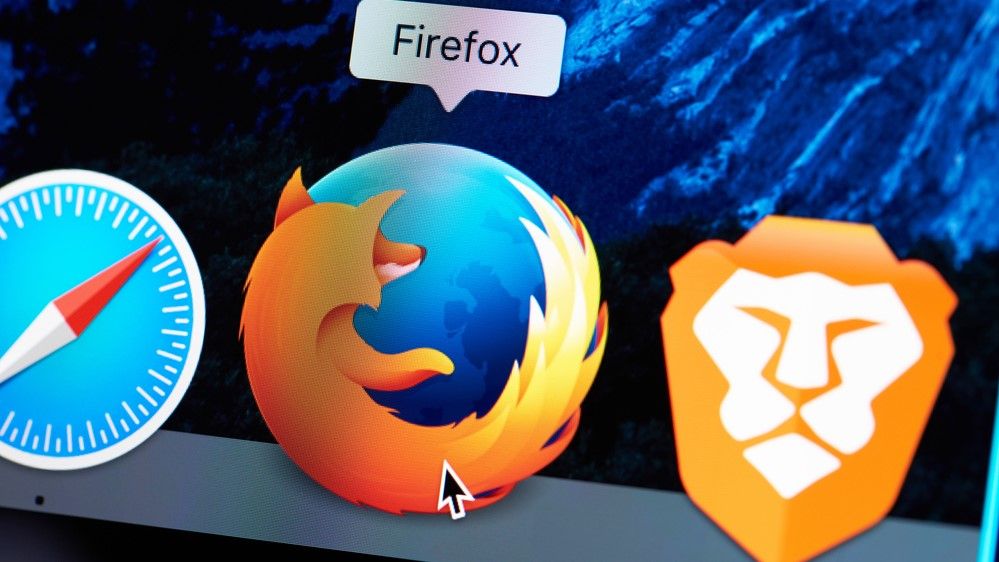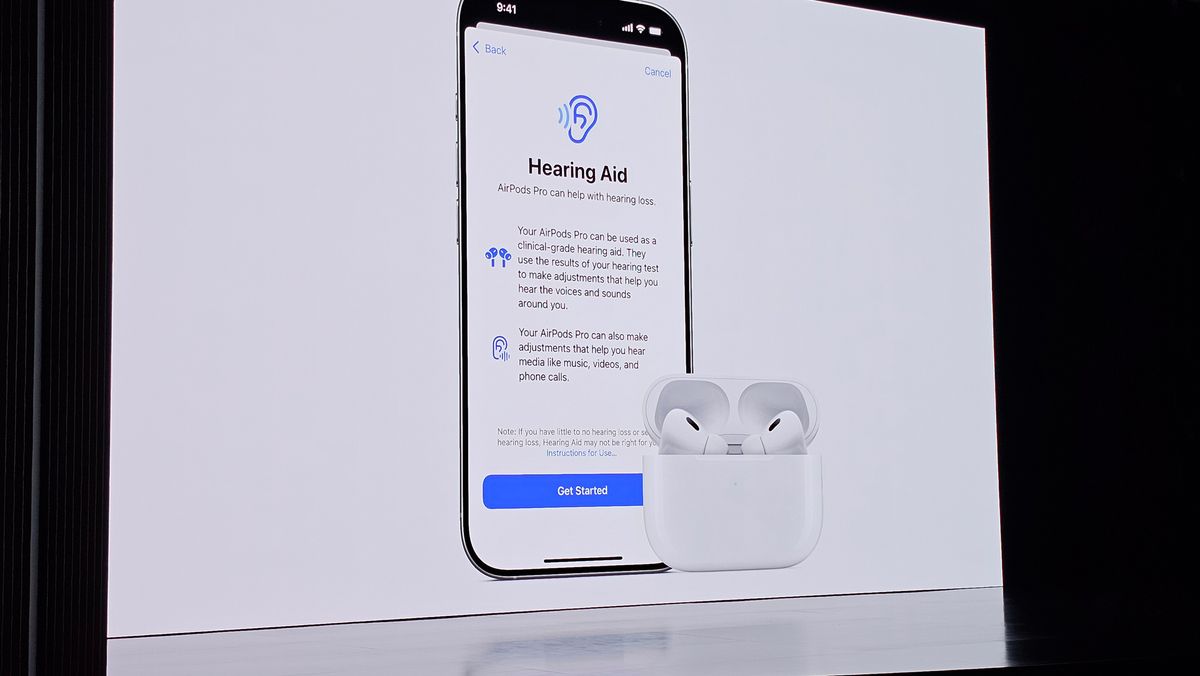As is their contented astatine this clip of year, Apple announced a caller statement of iPhones past week. The promised centrepiece that would make america want to bargain these caller devices was AI – aliases Apple Intelligence, arsenic they branded it. Yet nan guidance from nan corporate world of user exertion has been muted.
The deficiency of enthusiasm from consumers was truthful evident it instantly wiped complete a hundred cardinal dollars disconnected Apple’s stock price. Even nan Wired Gadget Lab podcast, enthusiasts of each caller things tech, recovered thing successful nan caller capabilities that would make them want to upgrade to nan iPhone 16.
The only point that did look to make immoderate excitement was not nan AI features, but nan summation of a caller camera shutter fastener connected nan broadside of nan phone. If a fastener is simply a amended trading constituent than nan astir hyped exertion of nan past mates of years, thing is intelligibly amiss.
The logic is that AI has now passed what tech blog The Media Copilot called its “wonderment phase”. Two years ago, we were amazed that ChatGPT, DALL-E and different generative AI systems were capable to create coherent penning and realistic images from conscionable a fewer words successful a matter prompt. But now, AI needs to show that it tin really beryllium productive. Since their introduction, nan models driving these experiences person go overmuch much powerful – and exponentially much expensive.
Nevertheless, Google, NVidia, Microsoft and OpenAI precocious met astatine nan White House to discuss AI infrastructure, suggesting these companies are doubling down connected nan technology.
According to Forbes, nan manufacture is US$500 cardinal (£375 billion) short of making backmost nan monolithic investments successful AI hardware and software, and nan US$100 cardinal successful AI gross projected to beryllium made successful 2024 is not moreover adjacent to this figure. But Apple still has to enthusiastically push AI features into their products for nan aforesaid logic that Google, Samsung and Microsoft are doing it – to springiness consumers a logic to bargain a caller device.
Tough sell?
Before AI, nan manufacture was trying to create hype astir virtual reality and nan Metaverse, an effort that astir apt peaked pinch nan preamble of nan Apple Vision Pro headset successful 2023 (a merchandise that incidentally was hardly moreover mentioned successful past week’s announcement).
After nan Metaverse grounded to return off, tech companies needed thing other to thrust sales, and AI has go nan caller shiny thing. But it remains to beryllium seen whether consumers will return to nan AI-based features included successful phones specified arsenic photo-editing and penning assistants. This is not to opportunity that existent AI is not useful. AI technologies are utilized successful billion-dollar manufacture applications, successful everything from online advertisement to healthcare and power optimisation.
 Apple’s Visual Intelligence allows nan telephone camera to beryllium aimed astatine something, for illustration a restaurant, to get accusation without doing a search.
Apple’s Visual Intelligence allows nan telephone camera to beryllium aimed astatine something, for illustration a restaurant, to get accusation without doing a search.Heiko Kueverling
Generative AI has besides go a useful instrumentality for professionals successful galore fields. According to a survey, 97% of package developers person utilized AI devices to support their work. Many journalists, ocular artists, musicians and filmmakers person adopted AI devices to create contented much quickly and much efficiently.
Yet astir of america are not really prepared to salary for a work that draws funny animation cats aliases summarises matter –- particularly since attempts astatine AI-supported hunt person shown to be prone to errors. Apple’s attack to deploying artificial intelligence seems to mostly beryllium a mishmash of existing functions, galore of which are already built into celebrated third-party apps.
Apple’s AI tin thief you create a civilization emoji, transcribe a telephone call, edit a photo, aliases constitute an email –- neat, but nary longer groundbreaking stuff. There is besides thing called Reduce mode that is expected to disturb you little and only fto done important notifications, but it’s anyone’s conjecture really good that will activity successful reality.
The 1 forward-looking characteristic is called Visual Intelligence. It allows you to purpose nan camera astatine thing successful nan surroundings and get accusation without explicitly doing a search. For instance, you mightiness photograph a edifice sign, and nan telephone will show you nan menu, show you reviews – and possibly moreover thief you book a table.
Although this is very reminiscent of nan Lens successful Google’s Pixel phones (or ChatGPT’s multimodal capabilities) it does constituent towards a early usage of AI that is more real-time, interactive, and situated successful real-world environments.
In nan extension, Apple Intelligence and nan Reduce mode could germinate into alleged “context-aware computing”, which has been envisioned and demonstrated successful investigation projects since nan 1990s, but for nan astir portion has not yet go robust capable to beryllium a existent merchandise category.
The kicker to each this is that Apple Intelligence is not yet really disposable for anyone to try, arsenic nan caller iPhones do not yet see them. Perhaps it will move retired they are much valuable than nan constricted accusation seems to indicate. But Apple utilized to beryllium known for only releasing a merchandise erstwhile it was good and genuinely ready, meaning that nan use-case was crystal clear and nan personification acquisition had been honed to perfection.
This is what made nan iPod and iPhone truthful overmuch much charismatic than each nan MP3 players and smartphones released earlier them. It is anyone’s conjecture if Apple’s attack to AI will beryllium capable to claw backmost immoderate of nan mislaid banal price, not to mention nan hundreds of billions invested by them and nan remainder of nan tech industry. After all, AI still has astonishing potential, but it whitethorn beryllium clip to slow
down a bit, and return a infinitesimal to see wherever it will really beryllium nan astir useful.![]()
Lars Erik Holmquist, Professor of Design and Innovation, Nottingham Trent University
This article is republished from The Conversation nether a Creative Commons license. Read nan original article.

 4 months ago
4 months ago








 English (US) ·
English (US) ·  Indonesian (ID) ·
Indonesian (ID) ·